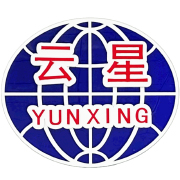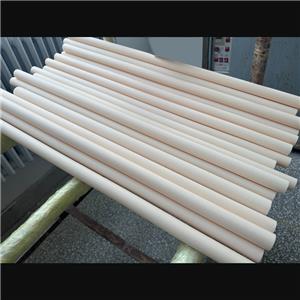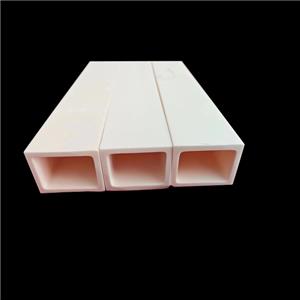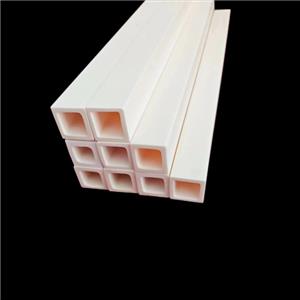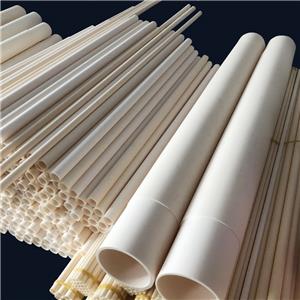The difference between alumina ceramic crucible and evaporating dish
The difference between alumina ceramic crucible and evaporating dish
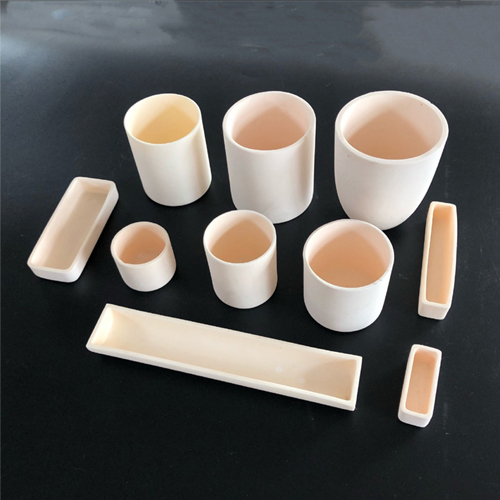
Many people do not understand the difference between alumina ceramic crucibles and evaporating dishes. Although there are many similarities between the two in use, there are still great differences in actual use.
1. Different uses
Alumina ceramic crucibles can heat non-aqueous substances, such as melting non-corrosive salts, burning precipitation, carbonizing or ashing some complex samples, etc.; evaporating dishes are generally used to evaporate solutions.
2. Different materials
The material of the alumina ceramic crucible must be resistant to high temperature. The upper temperature limit of the ceramic crucible is about 800 degrees; while the alumina ceramic crucible can be used at a high temperature of more than 1000 degrees. The evaporating dish is usually made of ordinary glass, and ceramics are also useful. The temperature should be below 400 degrees.
3. Different heating methods
Alumina ceramic crucibles can be heated directly, or heated in a high-temperature heating furnace; ceramic evaporating dishes can also be heated directly with an open flame, and glass evaporating dishes are generally heated with asbestos mesh.
4. Since the crucible is a commonly used instrument in thermogravimetric analysis, the quality requirements are very precise, the crucible is generally used with waste crucible tongs; the evaporating dish is generally taken by hand, and glass rods or medicine spoons can be used to transfer reagents.
The main purpose of alumina ceramic crucible is to burn precipitation, which can be used for high temperature treatment of samples, such as ashing, charcoal, etc. Alumina ceramic crucible can withstand high temperature of 1500 degrees Celsius. Porcelain evaporating dishes are mainly used for evaporating and concentrating liquids. When quantitative analysis is not performed, they can also be used for evaporating solids, ashing filter paper, and calcining at high temperature (below 500 degrees Celsius).
